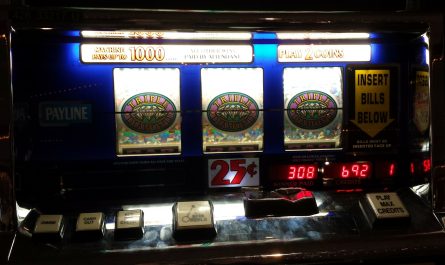It’s a familiar story: you’re about to leave for work, but your garage door won’t open. You try and try, but no matter how hard you press that button, nothing happens – it’s like your garage door has gone on strike!
What do you do? Well, chances are there is a simple explanation for why your door isn’t working properly, and a few repairs might restore it. Perhaps you’ve googled Titan Garage Doors Coquitlam after learning about their expert workmanship and prompt service delivery. With Titan, you have a partner you can rely on when your garage door decides to take a break.
All the same, which parts do repair technicians replace or fix? Sure, they might look like they just stepped out of a sci-fi movie with their assortment of tools and gadgets, but what do they do? Here’s a quick walkthrough of the common repairs that can bring your garage door back to life.
These are wires wound together and used to lift and lower the garage door. Once these babies get worn or rusty, they can cause your door to malfunction or fail. And before you know it, you’re out in the cold or hailing a cab because your garage door won’t budge.
Replacing torsion springs isn’t usually a DIY job. It requires intricate knowledge and specialized tools. Hence, it’s advisable to hire a professional who knows their stuff to handle the job.
When garage door cables or rollers start to act up, you’ll notice an increase in the noise they make while operating. Similarly, broken cables can make the door immobile or cause it to open partially. If this is your predicament, consider replacing them immediately – especially if they’re frayed or worn – before they snap and injure someone or cause the door to collapse.
Cables are usually replaced together with pulleys as they keep things in motion. They also help minimize wear and tear on the cables, so it pays to maintain them well.
Rollers allow the door to move along its tracks and ensure it opens and closes smoothly. If your door doesn’t open or gets stuck in certain spots, the rollers might be the culprit. Chances are they’re worn or damaged.
If you’re the hands-on type, you can replace them, but for safety reasons, it’s advisable to let a professional handle the job. While at it, consider replacing them with nylon rollers for a smoother and quieter operation – if your current ones are crafted from steel.
Tracks, meanwhile, are the paths along which your garage door runs. A quick inspection can reveal misaligned or bent tracks, which a technician can help realign. But sometimes, a replacement may suffice if the damage is beyond repair.
Yes, your door opener – the electric motor that operates your garage door could be the reason your car is stuck in the garage. Hence, you might need a replacement if it’s malfunctioning or won’t respond to your commands.
Your door opener could be a chain-, belt-, or screw-driven type. Depending on your model, it might require professional installation. Otherwise, you can follow the instructions in the product manual and do it yourself. But to avoid mishaps or damage, consult a professional or let them handle the installation.
These are usually mounted on each side of the garage door and help prevent your door from closing when something is blocking its path. If they’re misaligned, they may not work as expected. Likewise, a wiring issue could cause them to malfunction. A technician can troubleshoot the problem and fix it promptly. But if the damage is extensive, you might need a replacement.
The weatherstripping along the bottom of your garage door can wear off or tear over time. It’s advisable to replace it regularly to ensure a tight seal and prevent dust and creepy crawlers from entering your garage. Besides, the seal helps keep out cold air and moisture, which could damage your belongings and impact your utility bills.
That squeaking sound you hear when your door opens and closes could result from loose hinges. Or, they could be rusty and on their way out. Life may also have taken a toll on them – all the hard use might have caused them to crack or break.
Consider tightening them or replacing the old ones with galvanized steel hinges. Nylon-coated steel hinges are also ideal if you need a quieter operation and a longer service life.
A garage door system comprises several components that need proper maintenance and a periodic checkup for efficient operation. If any of these parts are out of whack, it’s advisable to replace them or fix them before your door becomes inoperable or causes an accident. An apple a day, after all…

